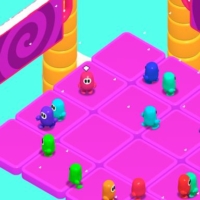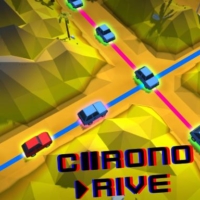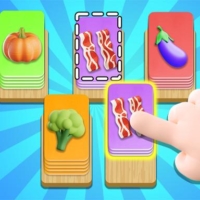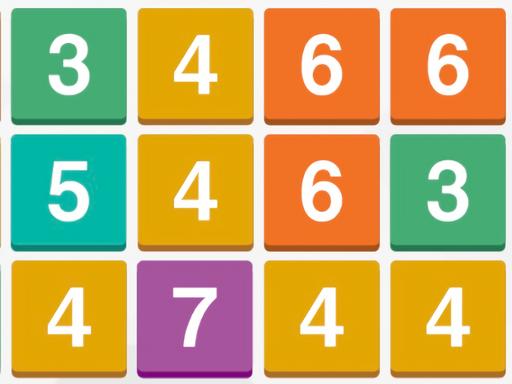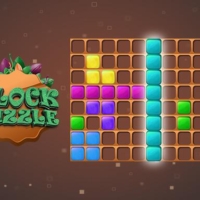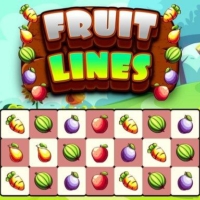New Games
Food Card Sort
Food Card Sort: A Complete Guide to Gameplay and Strategies
Introduction: Food Card Sort is an engaging and educational puzzle game that challenges players to sort and categorize various food items into their correct groups or categories. Designed to help players improve their memory, organization, and categorization skills, this game is ideal for food enthusiasts, puzzle lovers, and those looking for a fun way to learn more about different types of food.
In Food Card Sort, players must sort food cards into specific categories, such as fruits, vegetables, meats, grains, and dairy products. The game presents different levels of difficulty, making it suitable for a wide range of ages and skill levels. Whether you’re a beginner or an expert in categorizing food, this game offers an enjoyable and rewarding experience.
What is Food Card Sort?
Food Card Sort is a puzzle game where the player is presented with a variety of food cards. Each card represents a different food item, such as an apple, carrot, or chicken breast. The objective is to correctly sort these cards into their respective categories based on their type—fruits, vegetables, proteins, grains, dairy, and more.
The game typically includes multiple rounds or levels, each increasing in difficulty. In the more advanced levels, players are presented with cards that belong to more nuanced categories (e.g., legumes, seeds, or processed foods), requiring better knowledge and categorization skills.
Gameplay Overview
- Objective: The main objective of Food Card Sort is to sort food items into the correct category as quickly and accurately as possible. Each level gives you a set of food cards that you must organize into one or more groups. The faster and more accurately you sort the cards, the better your score will be.
- Game Mechanics:
- Drag and Drop: Players typically use a simple drag-and-drop mechanic to sort food cards into their designated categories.
- Categories: Depending on the level, categories could include general food types like fruits, vegetables, meat, dairy, and grains. Later levels may introduce more specialized categories like ethnic foods, snacks, or cooking methods (e.g., baked or fried).
- Timer: Many versions of Food Card Sort feature a timer that adds an element of urgency, challenging players to sort the cards as quickly as possible while maintaining accuracy.
- Accuracy Bonus: Points are awarded based on how quickly and accurately you categorize the food cards. If you make mistakes, you may lose points or have to restart the level.
- Levels and Difficulty: The game is structured around multiple levels, with increasing difficulty:
- Beginner Levels: These levels feature basic categories like fruits, vegetables, and proteins. The food items are easy to identify, and the categories are straightforward.
- Intermediate Levels: As you progress, you will encounter more specific food categories, such as grains, legumes, dairy, and processed foods. Some levels may include food items that belong to multiple categories (e.g., beans, which can be categorized as both a protein and a legume).
- Advanced Levels: In advanced stages, you may encounter more complex food categories or even specialized themes, such as vegetarian, vegan, or gluten-free diets. The game may also introduce rare or unusual foods, requiring more detailed knowledge.
- Scoring and Progression:
- Points System: Players earn points based on their speed and accuracy. The faster you complete the level without errors, the higher your score will be.
- Stars or Rewards: Many versions of Food Card Sort offer stars or other rewards as a form of progression. These rewards may unlock new levels, categories, or food items.
- Lives or Attempts: Some games may introduce a life system where players are given a set number of attempts to sort the cards correctly before losing a life or having to retry the level.
How to Play Food Card Sort
- Start with Basic Categories: If you’re a beginner, start with simple categories such as fruits, vegetables, meats, and dairy. Focus on the items that are easiest to identify, such as apples, carrots, and milk. As you progress, you can tackle more complex categories.
- Use Process of Elimination: If you’re unsure where a particular food item goes, try to eliminate the other categories. For example, if you’re holding a banana, it’s likely a fruit, so eliminate the vegetable and meat categories first. This process of elimination can help you make quick decisions.
- Pay Attention to Special Cases: Some foods may belong to more than one category. For example, eggs can be considered both a dairy product and a protein. Read the instructions carefully and consider multiple perspectives when categorizing more complex foods.
- Look for Patterns: As you progress through the game, you’ll start to recognize patterns in food items. For example, most grains will come from wheat, rice, or corn, while dairy items are usually derived from cows or other animals. Identifying these patterns will help you categorize foods faster.
- Use Time Wisely: Since many versions of Food Card Sort include a timer, managing your time is crucial. Don’t rush, but try to be efficient. Avoid spending too much time on one food item; if you’re unsure, move on to the next card and come back later.
- Learn as You Go: As you encounter more food items and categories, use the game as a learning tool. Take note of foods that you may not be familiar with and learn about their proper categories. Over time, you’ll become more knowledgeable about food types and classifications.
Tips and Strategies for Success
- Practice Categorization: If you’re new to food categorization, practice with common foods first. Familiarize yourself with items like fruits (apple, orange), vegetables (carrot, lettuce), meats (chicken, beef), and grains (rice, oats). This will give you a solid foundation before tackling more complex foods.
- Don’t Overthink: Food Card Sort is a fun game, but it’s easy to second-guess yourself. If you’re unsure about a category, trust your initial instinct. Often, you’ll know where most items go even if you’re not 100% sure.
- Focus on the Obvious First: When sorting the cards, focus on the foods that clearly belong to a single category. For example, cheese is obviously dairy, and an orange is clearly a fruit. Sorting these items first will leave you with fewer choices for the more complex foods.
- Use the Process of Elimination: If you’re faced with a tricky food, use the process of elimination. Consider what categories the food definitely does not belong to. This strategy will help you narrow down the choices and make faster decisions.
- Take Advantage of Power-ups: Some versions of Food Card Sort may offer power-ups or hints that can help you categorize tricky foods. These tools may give you a hint or temporarily freeze the timer, giving you more time to think.
- Play Regularly to Improve Memory: To improve your categorization skills and memory, play the game regularly. Over time, you’ll become more familiar with different food types and categories, making it easier to sort foods quickly and accurately.
Conclusion
Food Card Sort is an entertaining and educational game that combines fun puzzle-solving with learning about different food categories. Whether you’re playing for fun or looking to improve your knowledge of food types, this game offers an enjoyable challenge. With its simple drag-and-drop mechanics and increasing difficulty, Food Card Sort provides hours of entertainment while sharpening your categorization and memory skills. So, dive into the world of food and start sorting!
Instructions
Tap to play
 Home
Home Popular Games
Popular Games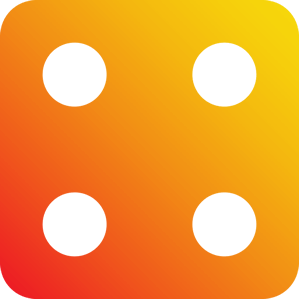 Categories
Categories
